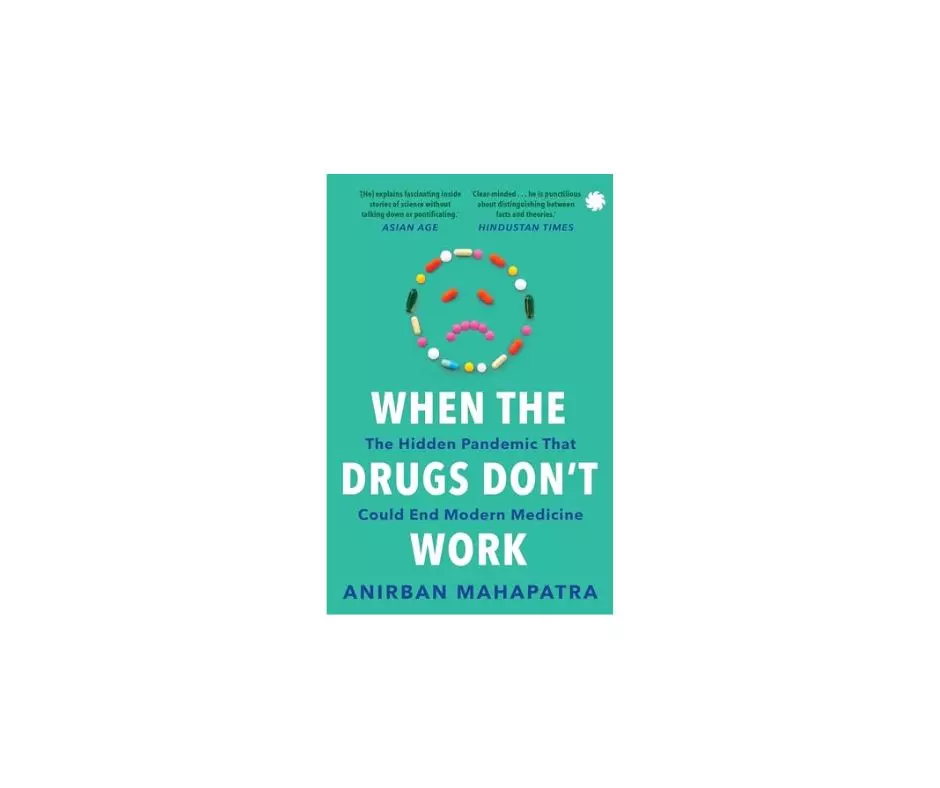The awareness of this problem arrived in India in 2010. A paper published in an international medical journal reported research on an antibiotic resistance conferring gene, New Delhi metallo-beta-lactamase-1 or NDM-1, having named it after capital New Delhi where the scientists identified its origin, leading to questions, accusations and a Parliament debate. The NDM-1 gene was part of a mobile genetic element that can move from one bacterial species to another, from to , rendering both species XDR (extremely drug resistant) from their status of being MDR (multiple drug resistant).
The transportation mechanism was plasmids, but there were other mechanisms, too, namely, phages and transposons. Yet the challenges didn’t end there. Soon, it was found that the NDM-1 gene had made its way into other bacterial species, like and .

What’s more, the city’s water resources were teeming with superbugs, bacteria carrying this resistant gene, among them the Deadly Six which are resistant to 18 antibiotics, including Colistin, the latest. But so was hospital intensive care. Today, up to one half of the patients in Indian ICUs may develop sepsis, a response to infections typically caused by bacteria affecting at least 11 million Indians every year, leading to death.
The root of the problem lies in the fact that sale of antibiotics is unregulated in India, so people self-prescribe antibiotics, often even for viral infections and allergies where they are, by definition, ineffective. Mean.























